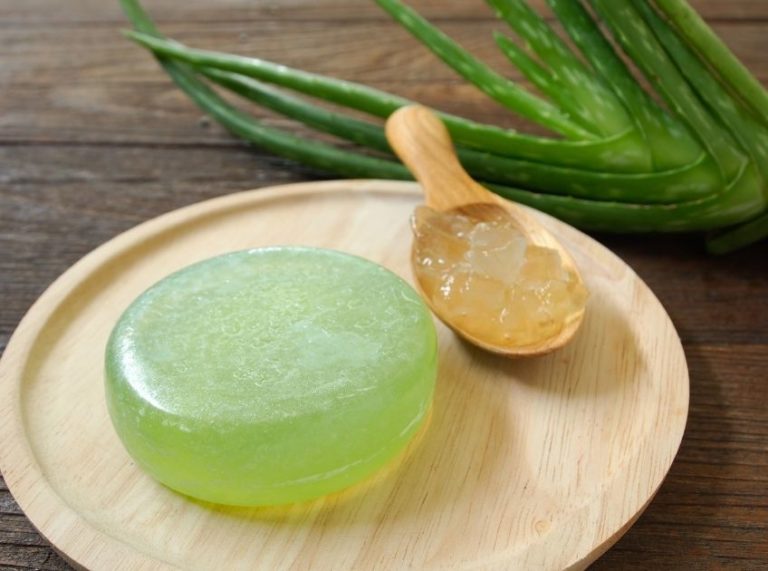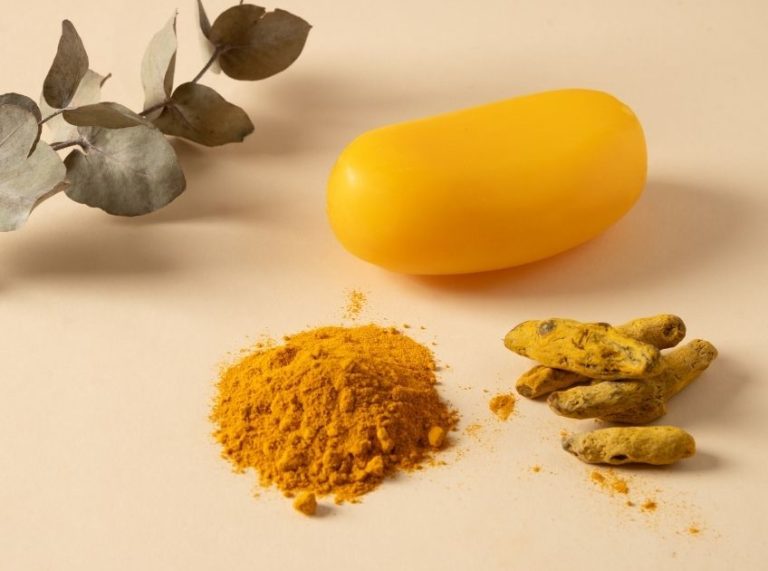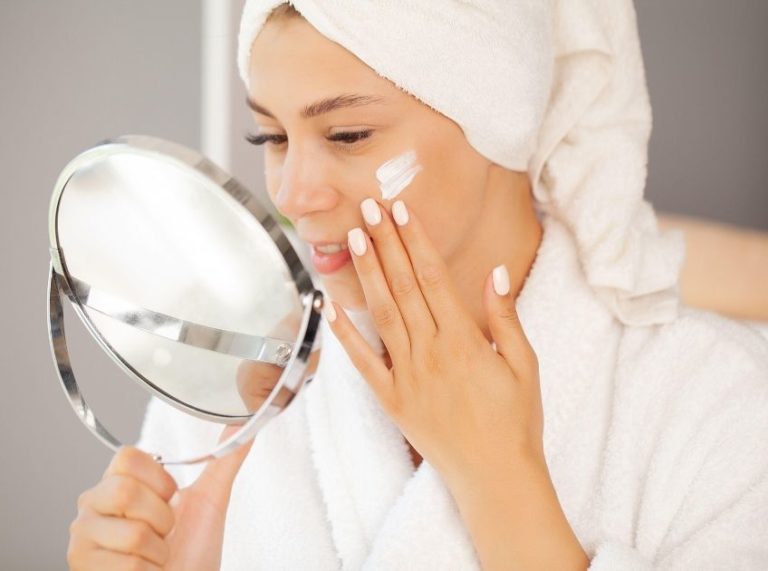
Important: This article is for informational purposes only. Please read our full disclaimer for more details.
Are you witnessing small bumps on the feet lately and wondering if it is a corn or planter wart? Often, people fail to recognize it, and even doctors find it a little tricky to differentiate between the two due to their similarities.
Both corn and plantar warts appear as bumps on the feet and look almost the same. However, their causes and treatment are different. Therefore, understanding the basic differences between the two is essential to get the right line of treatment. This article will focus on corn vs. plantar warts and tell the differences that set them apart.
What is Corn?
Also called foot corn, it is a thick layer of the skin that looks like a hard bump that is slightly raised. A corn is surrounded by dry and flaky skin. It develops as a result of constant friction and pressure and, therefore, usually appears on the heels, toes, or balls of the feet.
What is Plantar Warts?
Medically termed verruca, warts are usually found at the bottom of the feet, causing difficulty in walking. Usually, they develop in clusters and have a grainy and fleshy appearance. You will always find black pinpoints in plantar warts that are clotted blood vessels nourishing the warts.
Corn vs. Plantar Warts

Now that we know the slight difference in their appearance, what are the other features that differentiate corn and warts?
One of the biggest differences between the two is their causal reason.
Causes
While warts are skin infections that develop by certain strains of human papillomavirus (HPV), corns are the result of wearing tight or loose footwear for a long duration that causes constant pressure and friction, respectively.
Nature
Since plantar warts occur due to viruses, the chances of them being contagious are high; on the other hand, corns are not spreadable. Warts can spread through direct and indirect contact. Interestingly, people with strong immune systems may not develop a wart even after coming in contact with a person having it.
Places of Growth
Another aspect that shows dissimilarity between plantar warts and corn is their places of growth. Since corns occur due to pressure and friction by shoes, you will always find them on the feet or toes. On the other hand, warts result due to viral infection; therefore, they can grow anywhere in the body. However, the main areas of their occurrence are still feet and sometimes hands and arms.
What Is The Difference Between Corn And Plantar Wart?
Below is a table differentiating between corn and plantar warts in detail-
| Feature | Corn | Plantar Wart |
| Cause | Friction or pressure on the skin | Human papillomavirus (HPV) infection |
| Appearance | Small, round, thickened skin | Small, rough growth with black dots (clotted blood vessels) |
| Location | Typically on non-weight bearing areas of the foot, toes, or hands | Usually on the sole of the foot (plantar surface), often under pressure points |
| Texture | Hard or soft depending on location | Firm with a rough surface texture |
| Pain | May or may not be painful | Often painful, especially when squeezed |
| Surrounding Skin | Smooth | May have a callus surrounding the wart |
| Black Dots | Absent | Often present, caused by clotted blood vessels |
| Spreading | Does not spread | Can spread to other areas of the foot or to other people through contact |
| Treatment | Over-the-counter treatments (corn pads, salicylic acid) or professional removal | Over-the-counter treatments, cryotherapy, laser therapy, or professional removal |
| Recurrence | May recur if the cause persists | May recur, especially if the virus remains in the body |
| Contagiousness | Not contagious | Contagious, can spread through direct contact or contaminated surfaces |
Besides these differences, corn and plantar warts are similar in the following ways-
- Both are bumpy and rough skin growths
- Usually appear on the feet
- Painful and tender to touch
How To Treat Corn And Plantar Warts?

Plantar Wart
Since warts develop as a result of viral infection, they often resolve on their own when the lifecycle of the virus is complete. However, their complete disappearance may take six months to 2 years. Since warts are painful, taking over-the-counter medicines to get relief from the warts early helps. You can find ointment and liquids in the pharmacy to apply over the warts for their timely treatment. If the problem persists, visit a doctor who may suggest stronger treatment for wart removal. These include-
- liquid nitrogen to freeze off the wart
- laser treatments to burn off the wart
- minor surgery to cut off the wart
Corn
The best way to get relief from the pain and discomfort from corn is soaking the feet in water to allow corn to soften. Now, use a pumice stone to fill down the skin. To combat dryness around the corn, apply moisturizer in a generous amount. You can also start wearing shoe inserts or pads to reduce irritation while walking. If the problem isn’t resolved, visit the doctor who will remove the skin growth manually.
Who Develops Plantar Warts And Corn The Most?
Both these conditions are not age-specific and may happen to anyone. While plantar warts can occur to anyone with a weak immune system, corn usually happens among children who can’t decide if their footwear is loose and too tight. At the same time, people with slight deformities in their legs, such as a bunion, are also more susceptible to developing foot corns due to constant friction while walking.
Conclusion
Plantar warts and corn are common skin issues. Despite looking the same, they are different in their causal reasons and treatment methodologies. Once you know about corn vs. plantar warts, it becomes easy to distinguish the two and get the right treatment. Thus, managing and treating the condition becomes easy.
Related Articles















